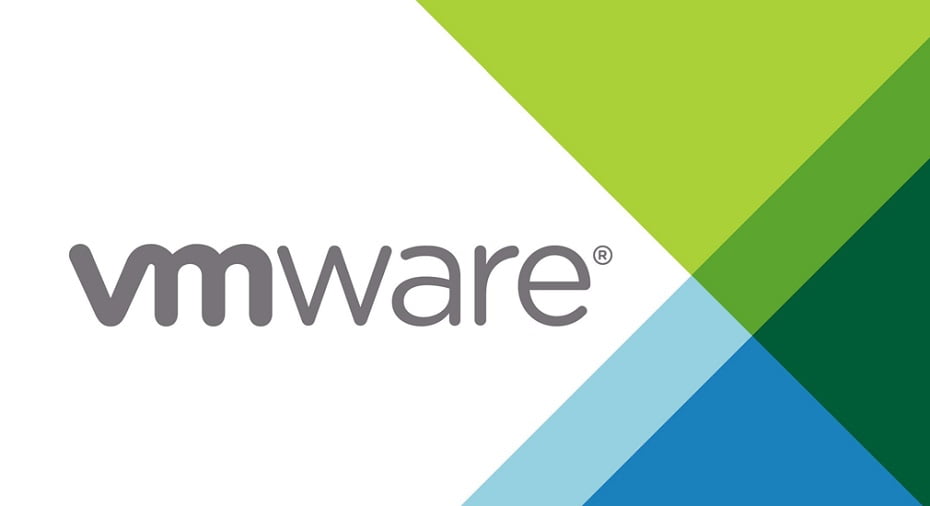Today, we are excited to introduce the next generation of our VMware home lab, which we recently bought online. Home labs offer an invaluable opportunity to gain practical experience with emerging technologies, making the selection of the right server a critical decision, especially as you embark on the next phase of your IT career. In this article, we will delve into our state-of-the-art 2024 Nutanix/VMware home lab, now powered by an HPe server. This marks a significant upgrade from our long-serving Dell TS500, which has reliably supported us for many years. It was essential for us to consolidate our setup to a single, efficient server to ensure a smooth and energy-efficient lab environment. Here is an overview of our lab configuration.
Hardware Requirements for Nutanix/vCF Home Lab under £2K
Let’s succinctly outline the hardware prerequisites for a VMware home lab. Our objective was to deploy vCF, necessitating a workload profile with multiple virtual machines (VMs) of substantial memory and CPU configurations. Here are some general guidelines:
CPU: Opt for a server with a multicore processor that supports virtualization technologies such as Intel Virtualization Technology (Intel VT) or AMD Virtualization (AMD-V). Ensure the CPU is certified and listed on the VMware compatibility list.
Memory: Aim for at least 400GB of RAM, with a recommendation to scale up to 600GB if your budget permits. This requires meticulous planning, as mixing memory sizes can lead to performance bottlenecks. We selected 32GB modules to mitigate this risk.
Storage: Choose high-speed, reliable storage solutions like NVMe or Solid State Drives (SSDs). Additionally, invest in a hardware RAID controller to enhance performance and data redundancy, anticipating future ESXi configurations that move away from USB boot setups. vCF deployments are likely to fail when using refurbished SAS hard drives purchased from eBay. Therefore, it’s advisable to opt for NVMe or SSD drives for greater reliability.
Network: Ensure the server is equipped with multiple Gigabit Ethernet ports to facilitate networking between VMs and other devices in your lab. A 10GbE module or a configuration of 4x1GbE ports should suffice.
Warranty: Verify that all components come with a one-year warranty. However, we were fortunate to discover a vendor on eBay who provided two-year coverage.
Bill of Materials
- HP ProLiant DL380 Gen10 2U Rackmount Server
- 16 Bay SFF, including 8x NVMe Bays
- CPUs
- 2x Intel Xeon Gold 6148 2.4GHz 20-Core Processors
- Memory
- 768GB RAM, consisting of 24x 32GB PC4-2133P-L1Gx4 Memory Modules
- Storage
- Network Adapter
- 1x 10Gb/40Gb 2-Port 544+FLR-QSFP Adapter
- RAID Controller
- 1x SMART ARRAY P408i-A SR Gen10 12G SAS Modular Controller
- Power Supplies
- 2x 800W Flex Slot Platinum Hot Plug Low Halogen Power Supplies
Best Budget-Friendly Server for Home Lab
After evaluating several HPE and Dell servers, we opted for the HPE ProLiant DL380 Gen10.
The DL380 Gen10 stands out as a cost-effective and favoured option for VMware home labs. It features dual Intel Xeon processors, up to 24 drive bays, and a maximum memory capacity of 3TB. Additionally, the server offers advanced security features like TPM, versatile storage options, and superior management capabilities.

Considerations for Selecting RAID Types:
These considerations will assist you in selecting the optimal RAID configuration for your HP DL380 Gen10 server.
| RAID type | Minimum number of drives | Purpose |
| RAID 0 | 1 | A good option for the highest performance |
| RAID 10 | 2 | Mirror with Stripping |
| RAID 10 triple | 3 | Optimize for fault tolerance and write performance |
| RAID 5 | 3 | One parity disk |
| RAID 6 | 4 | A good option for the highest availability requires two parity groups. |
- Access the BIOS Setup:
- Press
F2during system startup to enter the BIOS setup utility.
- Press
- Enable RAID Functionality:
- Depending on your motherboard model, use one of the following methods:
- Navigate to Configuration > SAS Drives and set Chipset SAS Mode to RAID.
- Go to Advanced > Drive Configuration and set Configure SAS As to RAID.
- Since this is a lab setup, we have chosen RAID 0 to stripe the disks, maximizing their usage and performance.
- Depending on your motherboard model, use one of the following methods:
- Save and Exit:
- Press
F10to save your configurations and exit the BIOS setup
- Press
You are now poised to commence the operating system installation.
Conclusion
When establishing a VMware home lab, choosing the right server is pivotal for ensuring a successful and rewarding setup. Evaluate your specific requirements, budget, and spatial limitations to select the server that best meets your VMware home lab needs. Wishing you an optimal virtualization experience!

